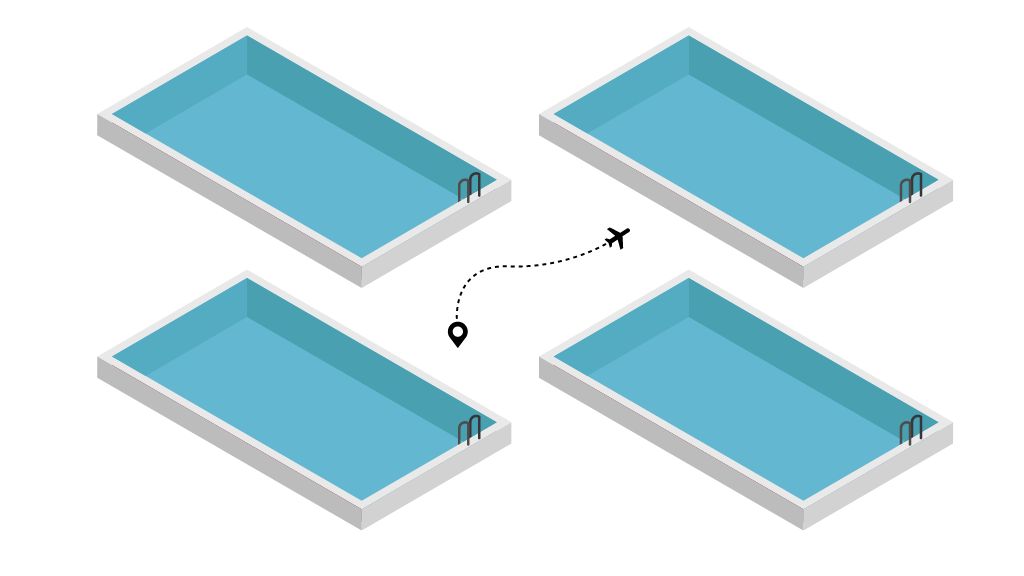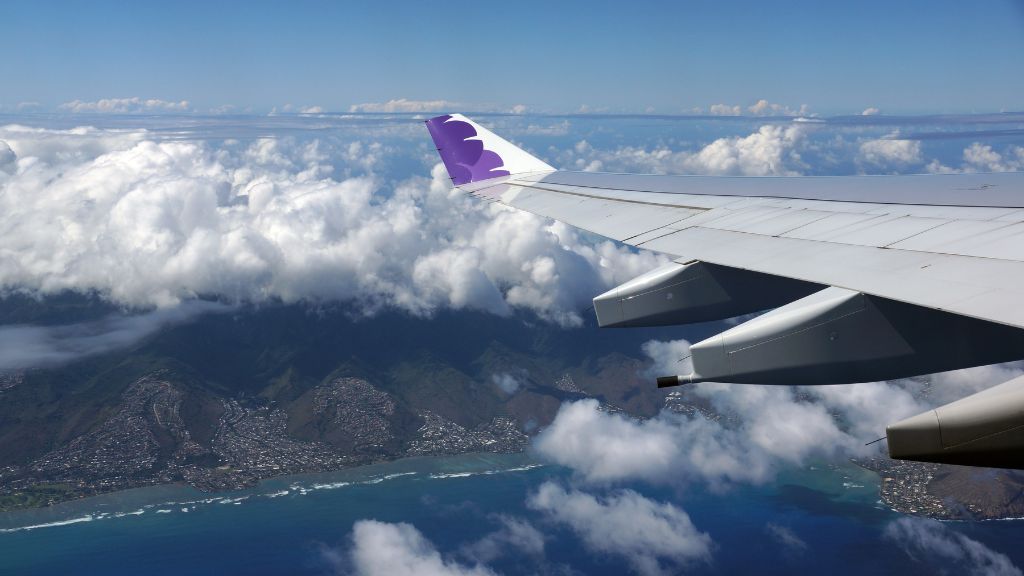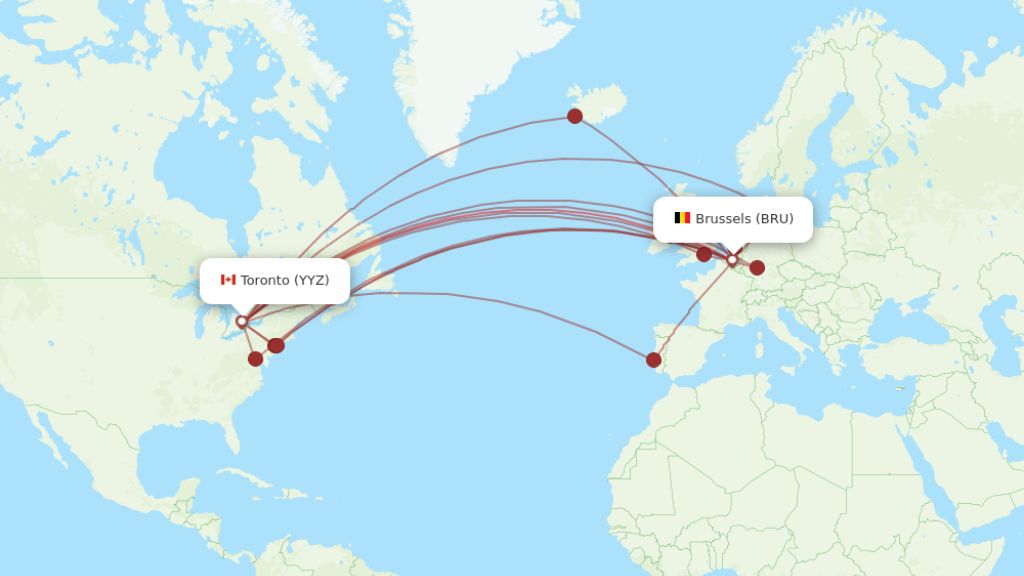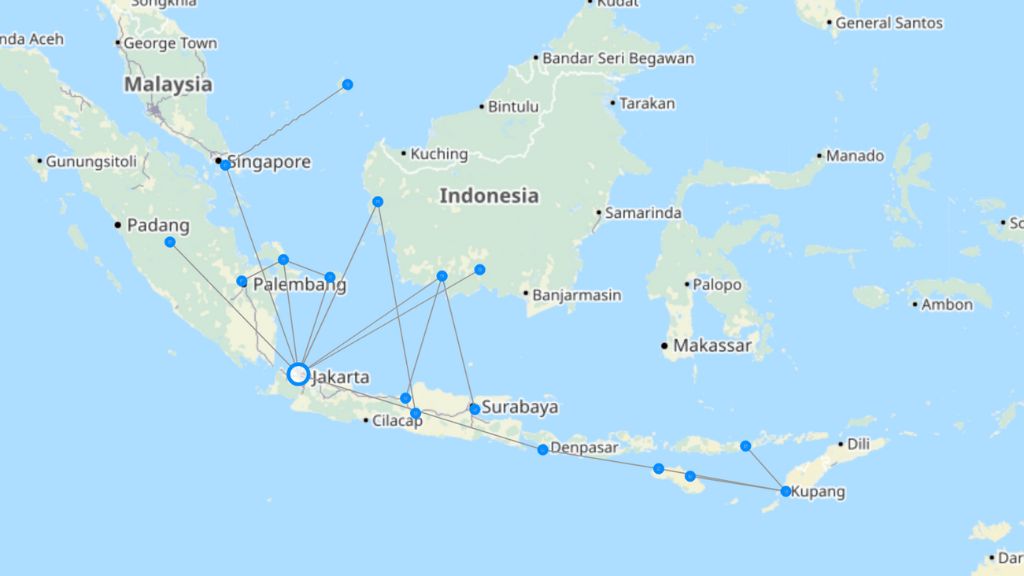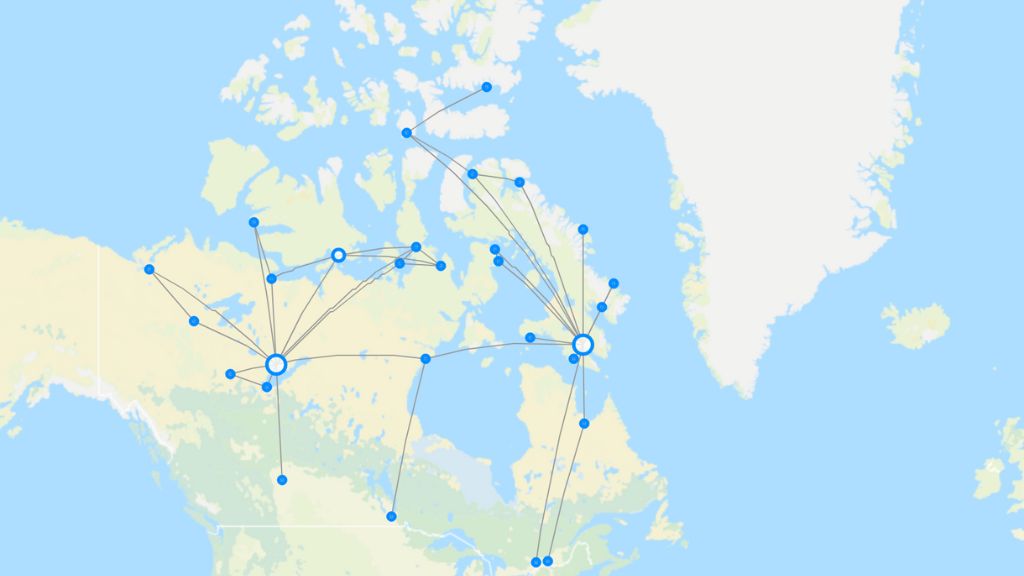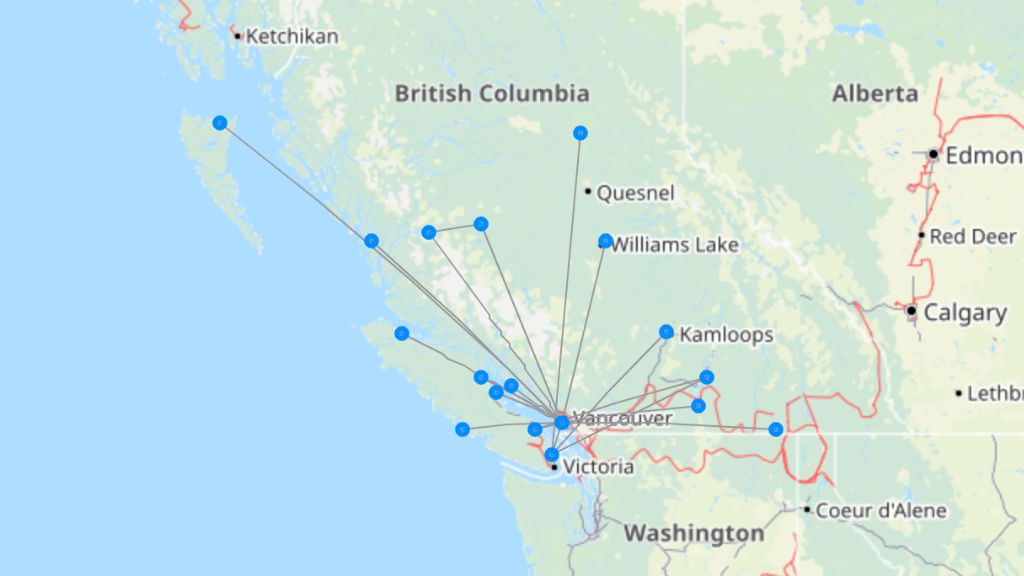Increased CO2 emissions caused by airlines avoiding Russia & Ukraine
Changed flight paths after the Russian invasion of Ukraine is a fact – but how does it affect the CO2 emissions? Here you can learn more about the environmental consequences of the change of paths.
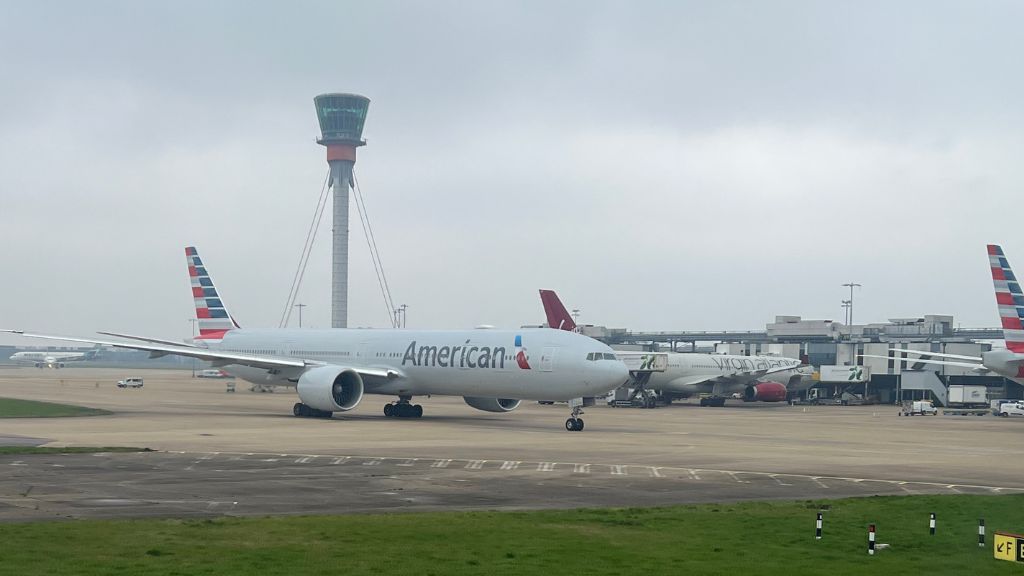
After the Russian invasion of Ukraine in the beginning of 2022, a lot has happened regarding flights to Russia and flights passing through the country’s airspace. Many airlines have been blocked from using Russian airspace, and just as many have placed sanctions against the country and its operators. One of the most visible consequences of this is that a large portion of the major airlines in the world have changed their flight paths. Not all though – here you can learn which airlines still use Russian airspace.
The changed flight paths almost always means longer distances, more time in the air and as a consequence – more CO2 emissions. But how much more emissions is the re-routing actually causing? To answer the question, let’s start with an explanation about CO2 emissions in general.
CO2 emission amount – how does it work?
When it comes to carbon dioxide (CO2) emissions, the amount caused by the aviation industry can be calculated in different ways. Normally it is presented as CO2 per passenger – a value that is affected by a number of things. For example, the emissions depend on the type of flight – shorter flights mean higher CO2 emissions per passenger per kilometer traveled than long haul flights. This is because taking off uses more fuel then cruising, and on short flights this is a larger part of the journey proportionally.
There is also a difference in emissions between economy class and business/first class since there is more space per seat – fewer people on the plane means that each person is a larger part of the pollution caused by the plane. It can also vary depending on how new the plane is and which airline and aircraft you are traveling with.
To sum it up, the CO2 emissions increase with the distance of the flight, the number of passengers on each flight and also depend on the plane’s traits.
The effect of new routes around Russia
As previously mentioned, the invasion of Ukraine has closed Russian airspace to many major airlines, leaving them with no choice but to change their paths. This also means that the same route can take different paths depending on which airline you are traveling with.
An example of how the flight paths are affected is the route between London (LHR) and Beijing (PKX). As you can tell from the map below, China Southern (the green line) still uses Russian airspace while British Airways (the blue lines) need to choose a different path. This gives the Chinese airline a flight distance of around 5150 miles, while the British flag carrier needs to travel more than 1000 miles longer to reach their destination.
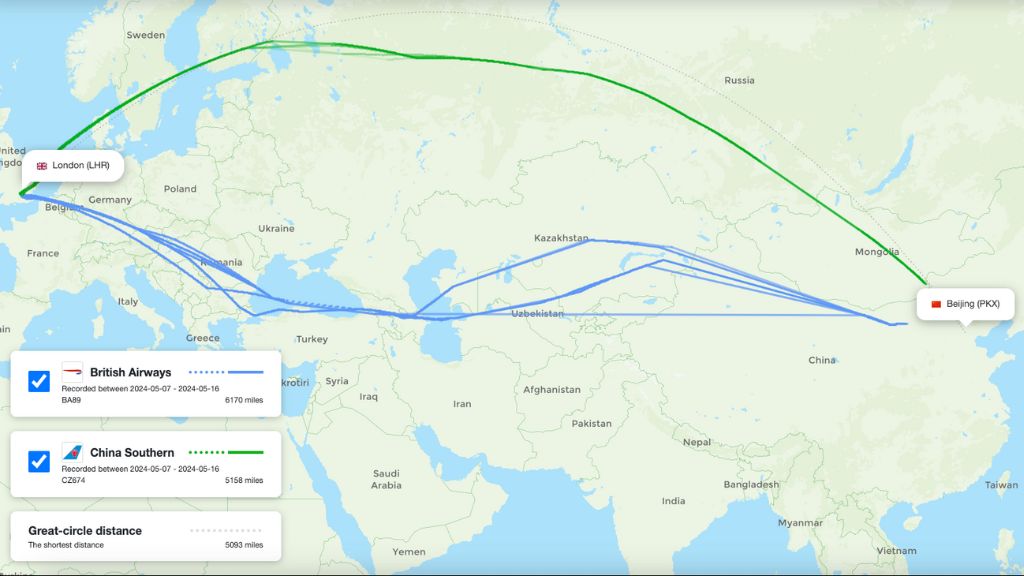
According to the International Civil Aviation Organization (ICAO) and their emissions calculator, a flight between LHR and PKX taking the shortest path (as done by China Southern) causes an emission of 750 lbs of CO2 per passenger. In this case, the flight path used by British Airways is about 20 percent longer, also making the amount of emissions around 20 percent higher – below you can find a chart showing the increase in emissions counting on the plane carrying 200 passengers.
| Airline | Per passenger | In total |
| China Southern | 750 lbs | 68 tons |
| British Airways | 900 lbs | 82 tons |
Extra fuel spent = 4 full size 50x25 meters olympic swimming pools
When it comes to fuel usage, a Boeing 777 which is normally being operated on this type of flight uses about 17 liters per kilometer. This means that adding more than 1000 miles (or 1600 kilometers) to the flight path makes a huge difference in fuel spent.
